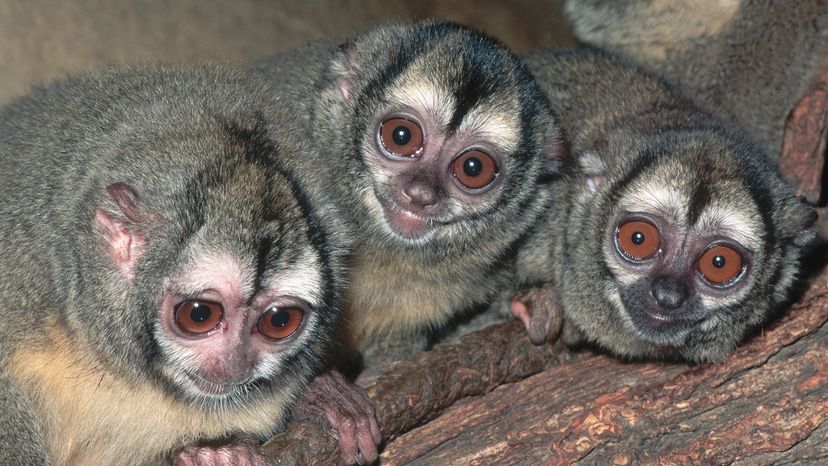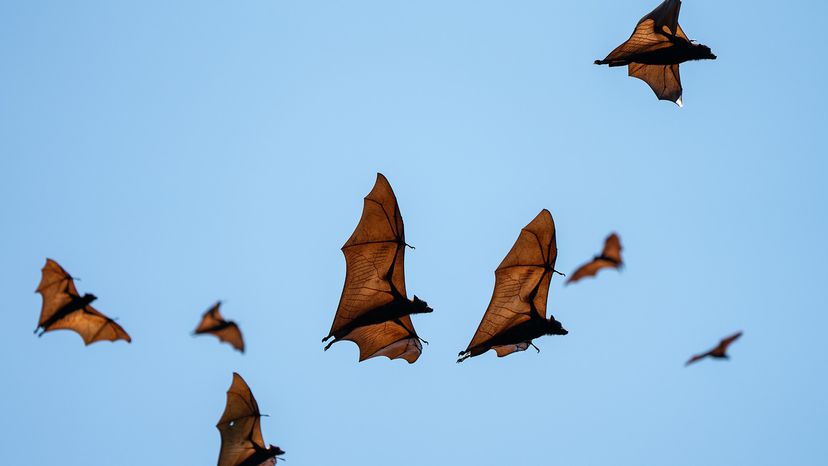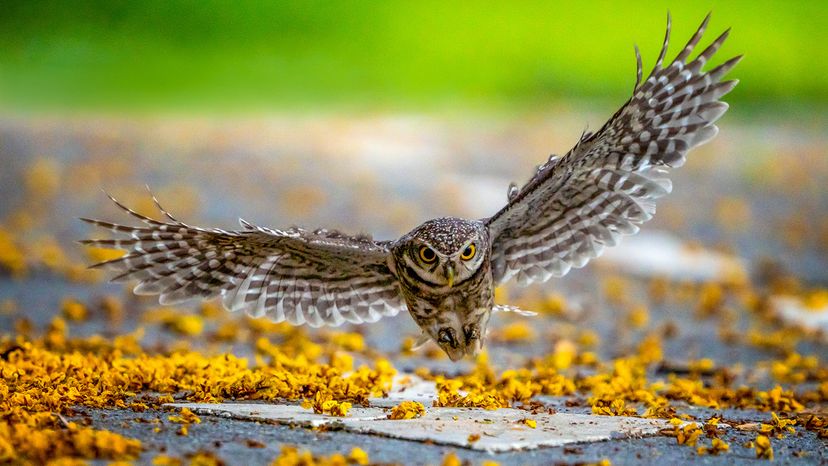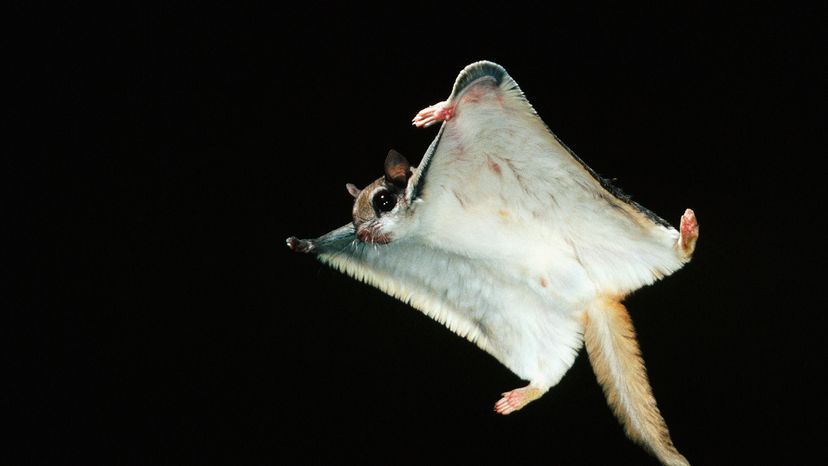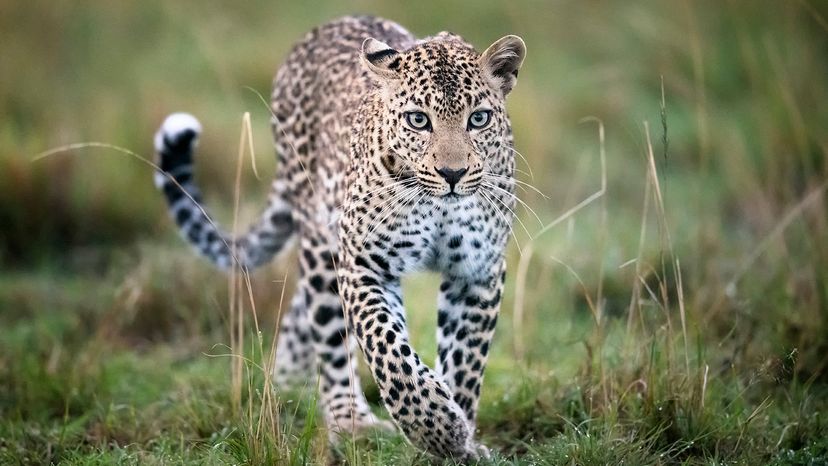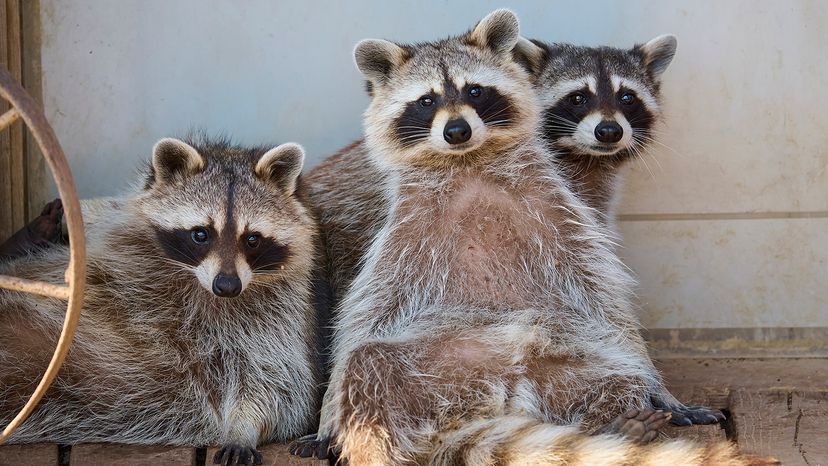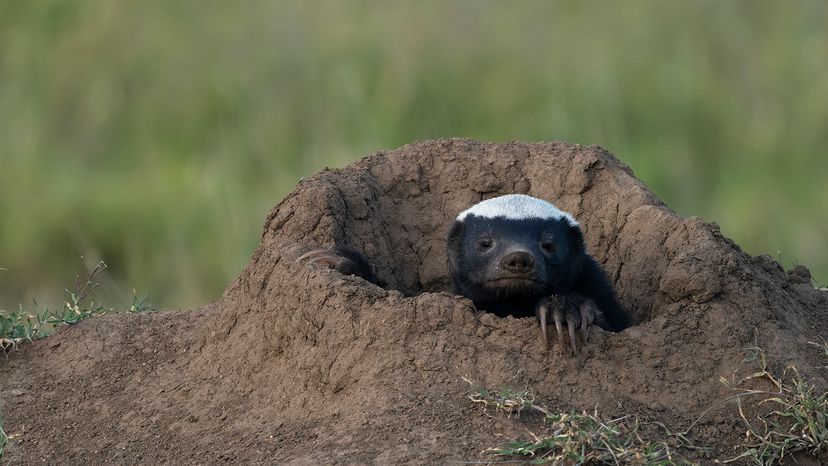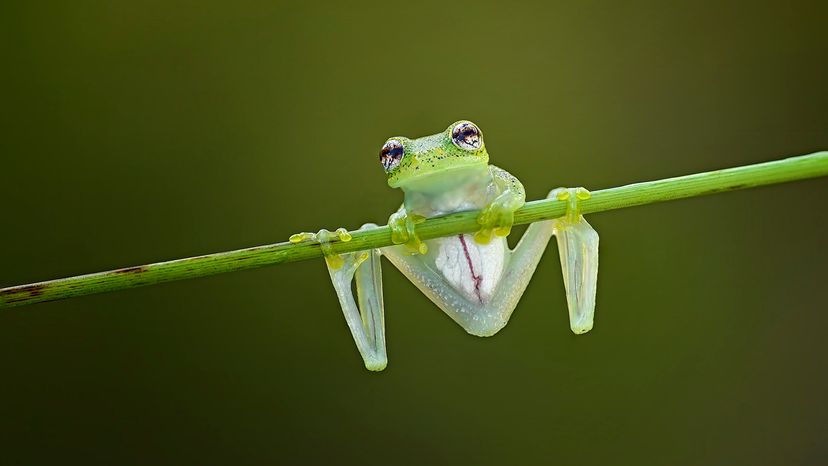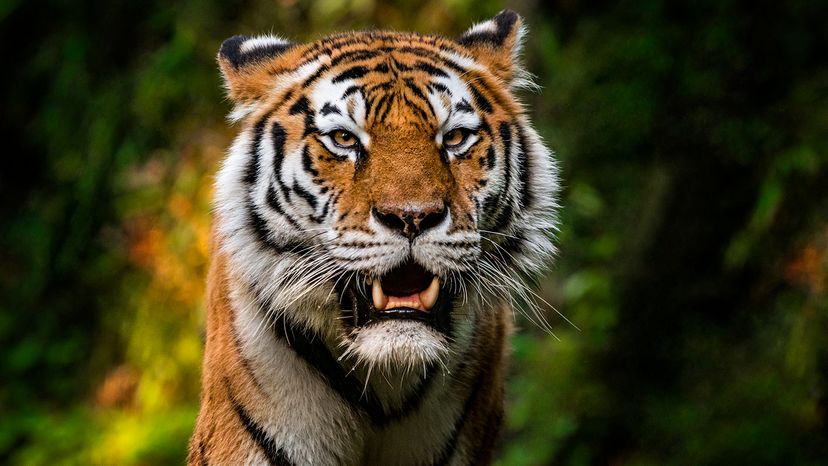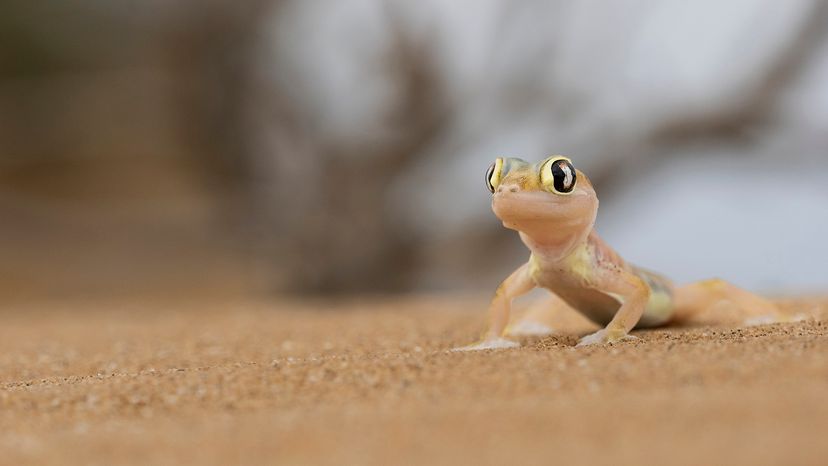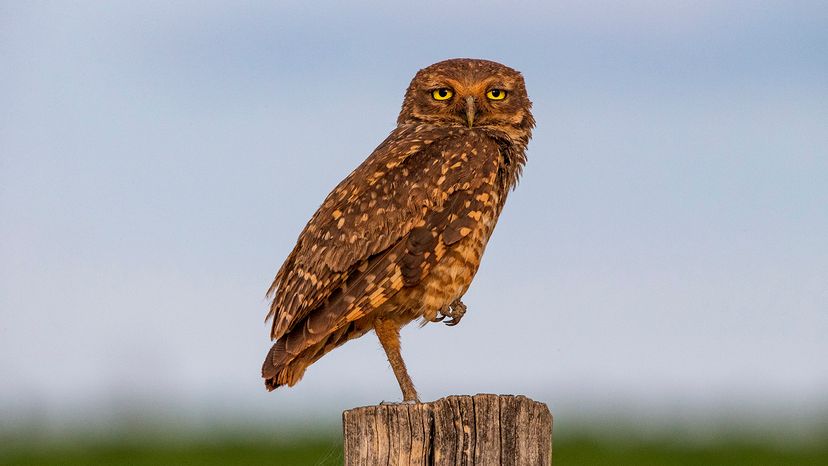
When the sun goes down, an entirely different set of creatures comes to life. This nocturnal animals list highlights some of the world’s most amazing night animals, from skilled hunters with heightened senses to creatures that use the cover of darkness to avoid predators.
These nocturnal species have evolved to thrive in low light conditions, and many rely on large eyes, acute hearing or a keen sense of smell to survive. In a world filled with diurnal animals, nocturnal behavior is nature's clever solution to avoid predation, attract mates and find food.
Advertisement
